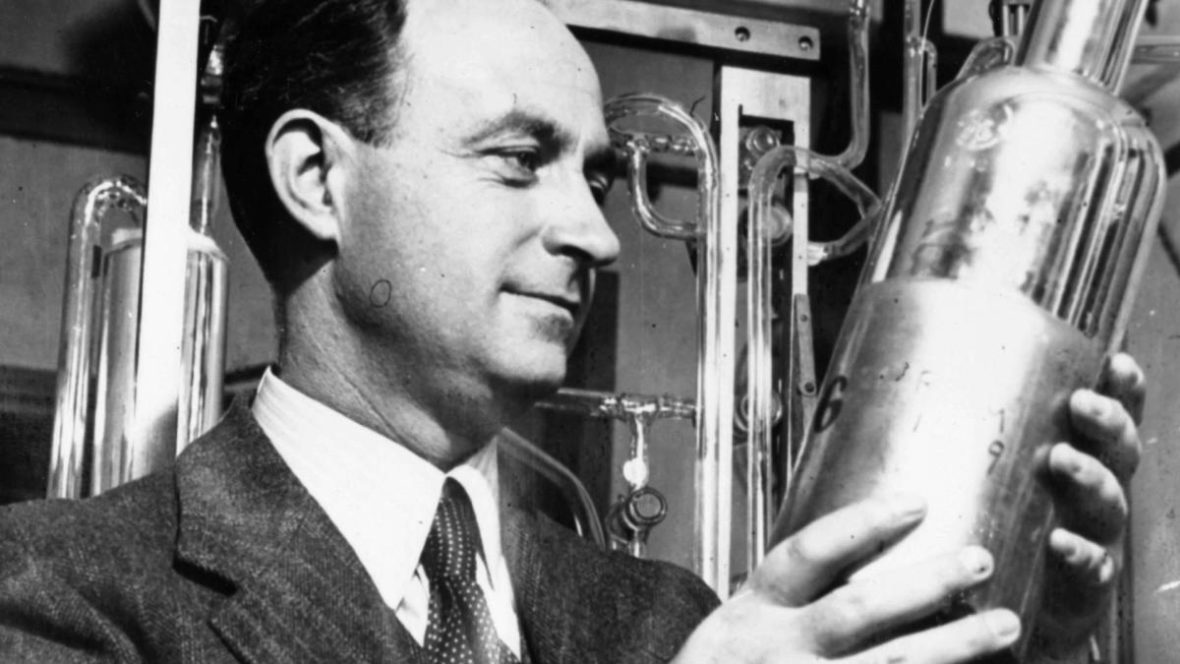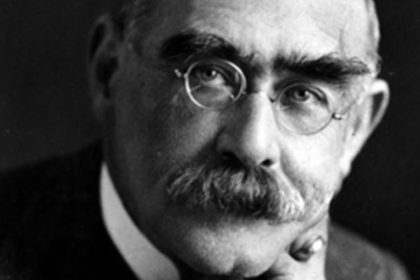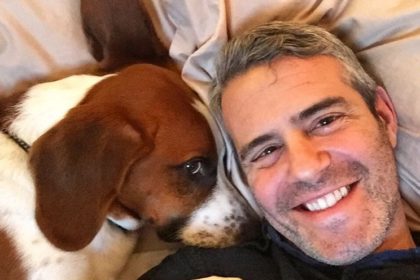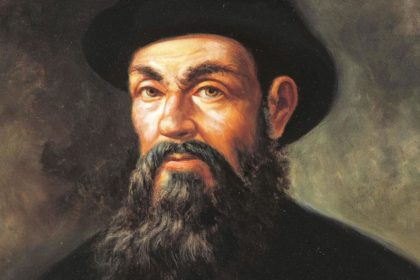Enrico Fermi was an Italian-American physicist and the creator of the world’s first nuclear reactor, the Chicago Pile-1. He has been called the “architect of the nuclear age” and the “architect of the atomic bomb.” He was one of the very few physicists in history to excel both theoretically and experimentally. Take a look below for 30 more awesome and interesting facts about Enrico Fermi.
1. Fermi held several patents related to the use of nuclear power, and was awarded the 1938 Nobel Prize in Physics for his work on induced radioactivity by neutron bombardment and the discovery of transuranic elements.
2. He made significant contributions to the development of quantum theory, nuclear and particle physics, and statistical mechanics.
3. Fermi’s first major contribution was to statistical mechanics.
4. After Wolfgang Pauli announced his exclusion principle in 1925, Fermi followed with a paper in which he applied the principle to an ideal gas, employing a statistical formulation now known as Fermi-Dirac statistics. Today, particles that obey the exclusion principle are called “fermions.”
5. Fermi left Italy in 1938 to escape new Italian Racial Laws that affected his Jewish wife Laura Capon.
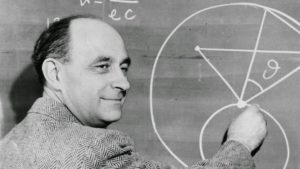
6. He emigrated to the United States where he worked on the Manhattan Project during World War II.
7. Fermi led the team that designed and built Chicago Pile-1, which went critical on December 2, 1942, demonstrating the first artificial self-sustaining nuclear chain reaction.
8. He was on hand when the X-10 Graphite Reactor at Oak Ridge, Tennessee, went critical in 1943, and when the B Reactor at the Hanford Site did so the next year.
9. At Los Alamos, he headed F Division, part of which worked on Edward Teller’s thermonuclear “Super” bomb.
10. He was present at the Trinity test on July 16, 1945, where he used his Fermi method to estimate the bomb’s yield.
11. After the war, Fermi served under J. Robert Oppenheimer on the General Advisory Committee, which advised the Atomic Energy Commission on nuclear matters and policy.
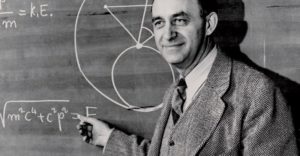
12. Following the detonation of the first Soviet fission bomb in August 1949, he strongly opposed the development of a hydrogen bomb on both moral and technical grounds.
13. He was among the scientists who testified on Oppenheimer’s behalf at the 1954 hearing that resulted in the denial of the latter’s security clearance.
14. Fermi did important work in particle physics, especially related to pions and muons, and he speculated that cosmic rays arose through material being accelerated by magnetic fields in interstellar space.
15. Many awards, concepts, and institutions are named after Fermi, including the Enrico Fermi Award, the Enrico Fermi Institute, the Fermi National Accelerator Laboratory, the Fermi Gamma-ray Space Telescope, the Enrico Fermi Nuclear Generating Station, and the synthetic element fermium, making him one of 16 scientists who have elements named after him.
16. Fermi was born in Rome and was the youngest of three children born to Alberto Fermi and Ida de Gattis.
17. One of his father’s colleagues, Adolfo Amidei encouraged Fermi’s interest in mathematics and physics and urged him to apply to the Scuola Nomale Superiore in Pisa.
18. During his high school years, the director of the physics laboratory, Luigi Puccianti, frequently asked Fermi to organize seminars on the topic of quantum physics.
19. In July 1922, when Fermi was 21, he submitted his thesis “A Theorem on Probability and Some of its Applications” and was awarded the laurea.
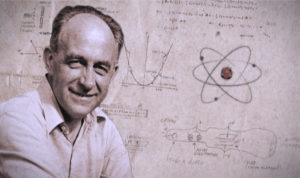
20. In 1923, Fermi was the first to realize the enormous amount of nuclear energy in the famous Albert Einstein equation, e+mc2.
21. On March 18, 1929, Fermi was appointed a member of the Royal Academy of Italy by Benito Mussolini.
22. In 1928, he published his Introduction to Atomic Physics and he conducted public lectures and wrote popular articles to make physics understandable by a wider audience.
23. In 1938, 37 year old Fermi received the Nobel Prize in Physics for his, “demonstrations of the existence of new radioactive elements produced by neutron irradiation, and for his related discovery of nuclear reactions brought about by slow neutrons.”
24. Due to the racial laws that could have affected his Jewish wife, Fermi did not return to Italy after the Nobel ceremony in Stockholm but went to New York City with his family where he applied for permanent residency.
25. Fermi was the first to warn the United States military about the effects of nuclear energy in March 1939, but the Navy’s response was lukewarm.
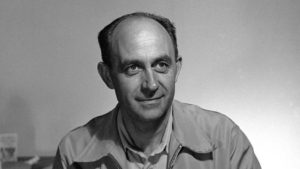
26. Fermi died at the age of 53 due to stomach cancer.
27. The Atomic Energy Commission of the United States have named their highest honorary award after Fermi, called the “Fermi Award.”
28. He was regarded as an inspiring teacher by his students and they regarded him highly for his attention to minute details, his simplicity and his careful preparation of his lectures.
29. Fermi wrote a paper “On the Origin of Cosmic Radiation” in which he proposed that cosmic rays arose through material being accelerated by magnetic fields in interstellar space, which led to a difference of opinion with Teller.
30. He often thought about what is now referred to as the Fermi Paradox: the contradiction between the presumed probability of the existence of extraterrestrial life and the fact that contact hasn’t been made.

